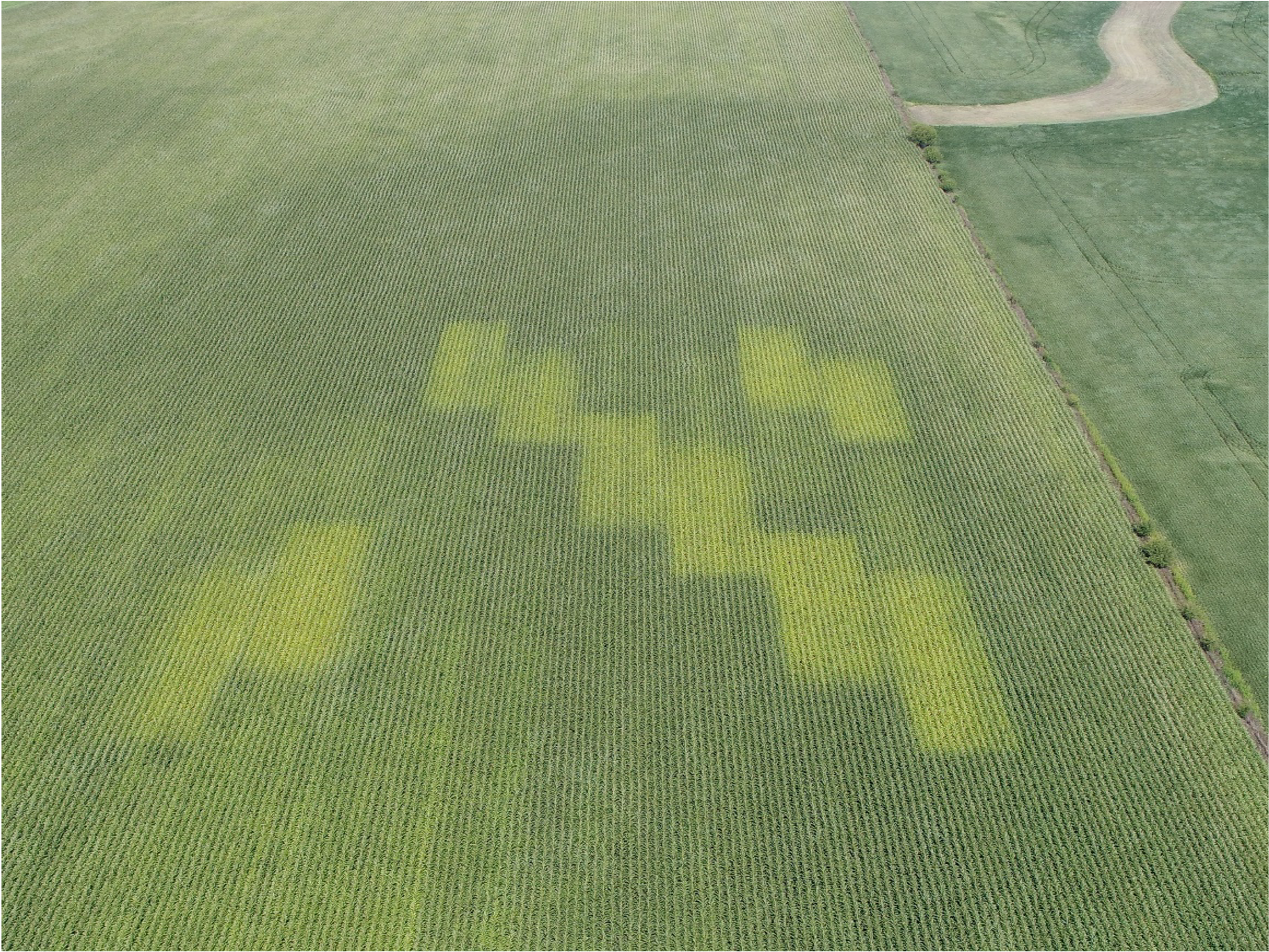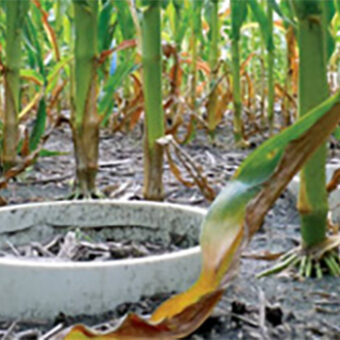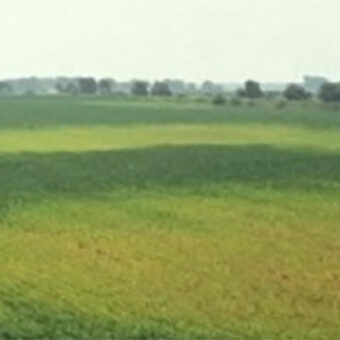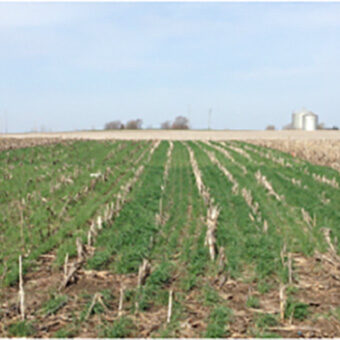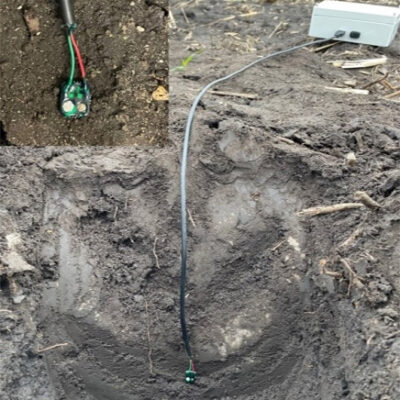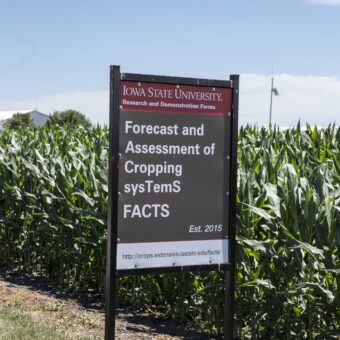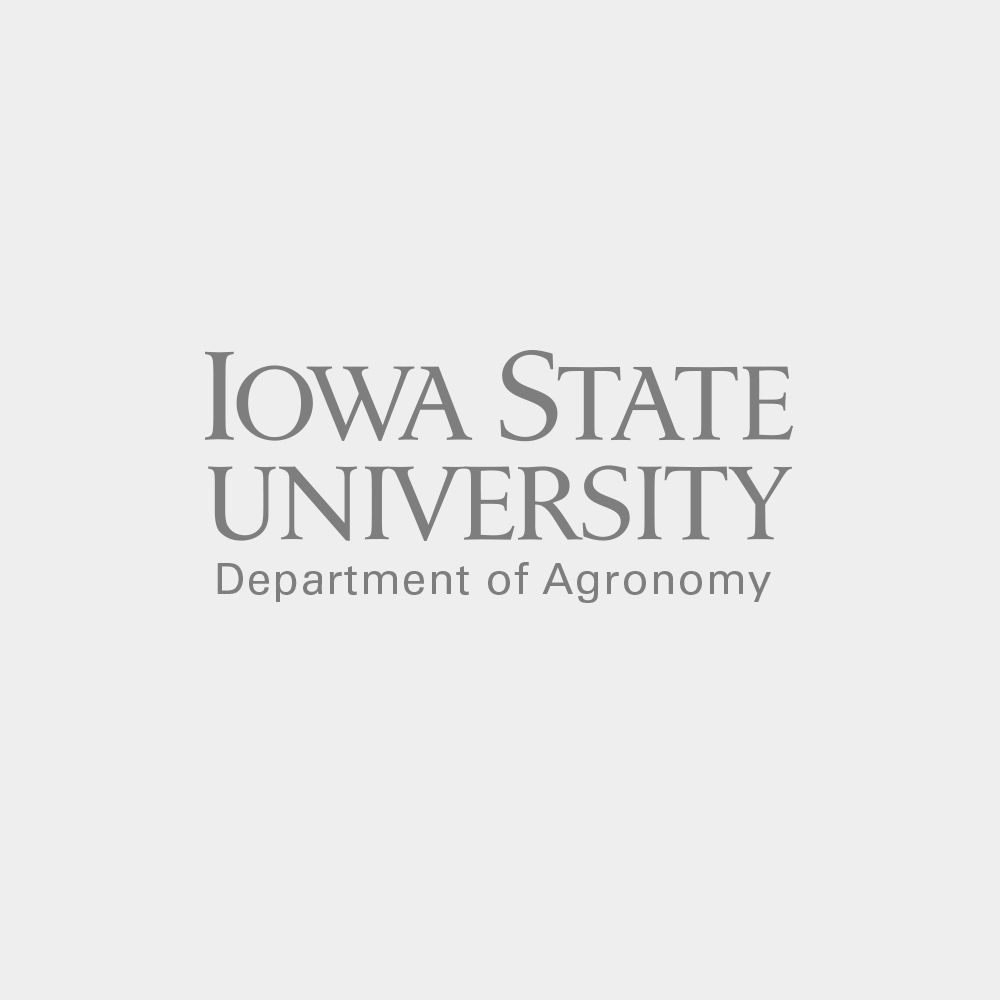
2104l Agronomy 716 Farm House Ln
(515) 294-3963
castelmj@iastate.edu

2104l Agronomy 716 Farm House Ln
(515) 294-3963
castelmj@iastate.edu
About
Research focuses on biogeochemical cycling and transport within the soil as it extends to the atmosphere and subsoil. Our ultimate objective is to maximize sustainable productivity of agricultural systems. We have particular interest in nitrogen because nitrogen frequently limits production and is easily lost from agricultural systems to the surrounding environment, where it represents an economic loss to farmers that can diminish air and water quality. Minimizing nitrogen limitation on crop production while maximizing nitrogen retention within agricultural systems is among the most important global research priorities of the 21st century. To reach these goals we use agronomic, ecological, and biogeochemical principles to advance our basic understanding of element cycling and improve ecosystem management.
Ecology and Evolutionary Biology
Sustainable Agriculture
People
Publications
Archontoulis, S. V., Castellano, M. J., Licht, M. A., Nichols, V., Baum, M., Huber, I., ... & Wright, E. E. (2020). Predicting crop yields and soil‐plant nitrogen dynamics in the US Corn Belt. Crop Science, 60(2), 721-738.
Castellano, M. J., Archontoulis, S. V., Helmers, M. J., Poffenbarger, H. J., & Six, J. (2019). Sustainable intensification of agricultural drainage. Nature Sustainability, 2(10), 914-921. https://www.nature.com/articles/s41893-019-0393-0www.nature.com/articles/s41893-019-0393-0
Poffenbarger, H. J., Sawyer, J. E., Barker, D. W., Olk, D. C., Six, J., & Castellano, M. J. (2018). Legacy effects of long-term nitrogen fertilizer application on the fate of nitrogen fertilizer inputs in continuous maize. Agriculture, Ecosystems & Environment, 265, 544-555. https://www.sciencedirect.com/science/article/pii/S0167880918302780
Córdova, S. C., Olk, D. C., Dietzel, R. N., Mueller, K. E., Archontouilis, S. V., & Castellano, M. J. (2018). Plant litter quality affects the accumulation rate, composition, and stability of mineral-associated soil organic matter. Soil Biology and Biochemistry, 125, 115-124. https://www.sciencedirect.com/science/article/pii/S0038071718302384
Iqbal, J., Necpalova, M., Archontoulis, S. V., Anex, R. P., Bourguignon, M., Herzmann, D., ... & Castellano, M. J. (2018). Extreme weather‐year sequences have nonadditive effects on environmental nitrogen losses. Global Change Biology, 24(1), e303-e317. https://onlinelibrary.wiley.com/doi/full/10.1111/gcb.13866onlinelibrary.wiley.com/doi/full/10.1111/gcb.13866
Martinez-Feria, R. A., Castellano, M. J., Dietzel, R. N., Helmers, M. J., Liebman, M., Huber, I., & Archontoulis, S. V. (2018). Linking crop-and soil-based approaches to evaluate system nitrogen-use efficiency and tradeoffs. Agriculture, Ecosystems & Environment, 256, 131-143.
Castellano, M. J., Mueller, K. E., Olk, D. C., Sawyer, J. E., & Six, J. (2015). Integrating plant litter quality, soil organic matter stabilization, and the carbon saturation concept. Global Change Biology, 21(9), 3200-3209. https://onlinelibrary.wiley.com/doi/full/10.1111/gcb.12982onlinelibrary.wiley.com/doi/full/10.1111/gcb.12982
